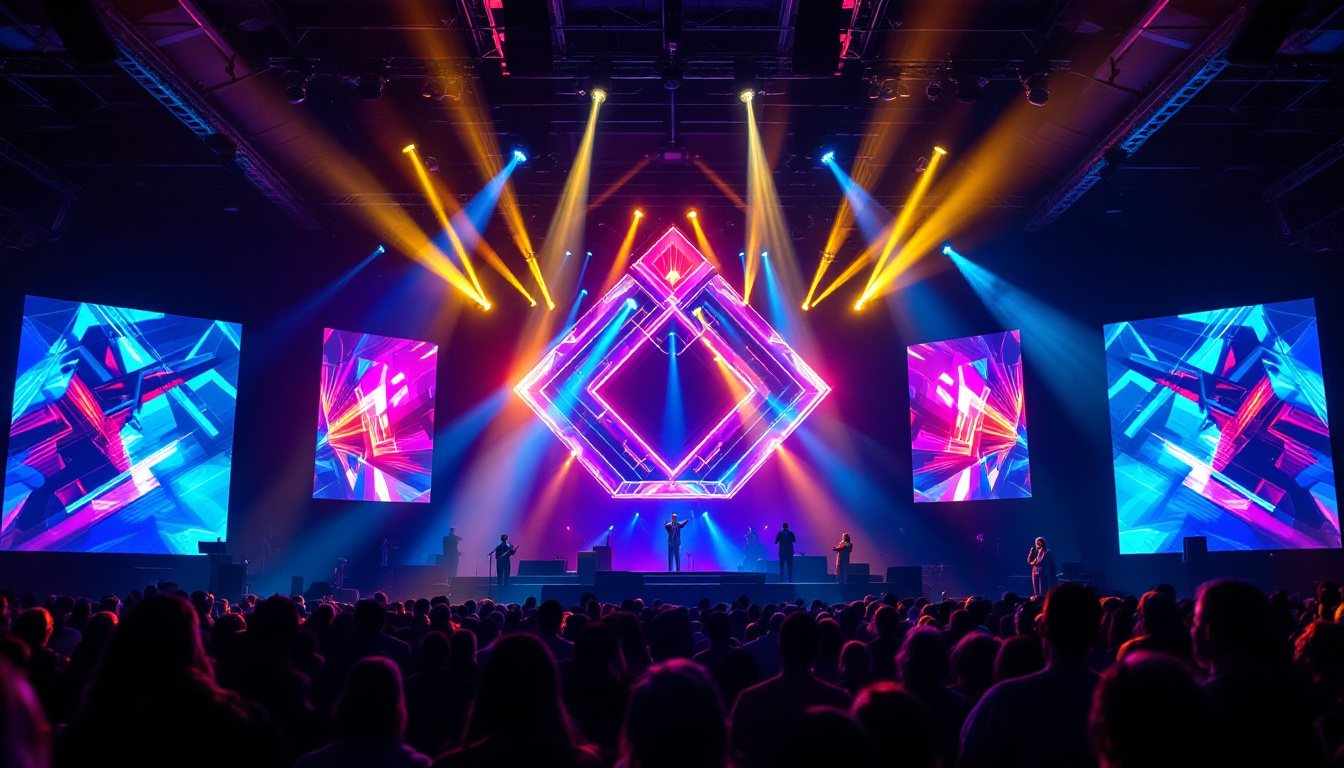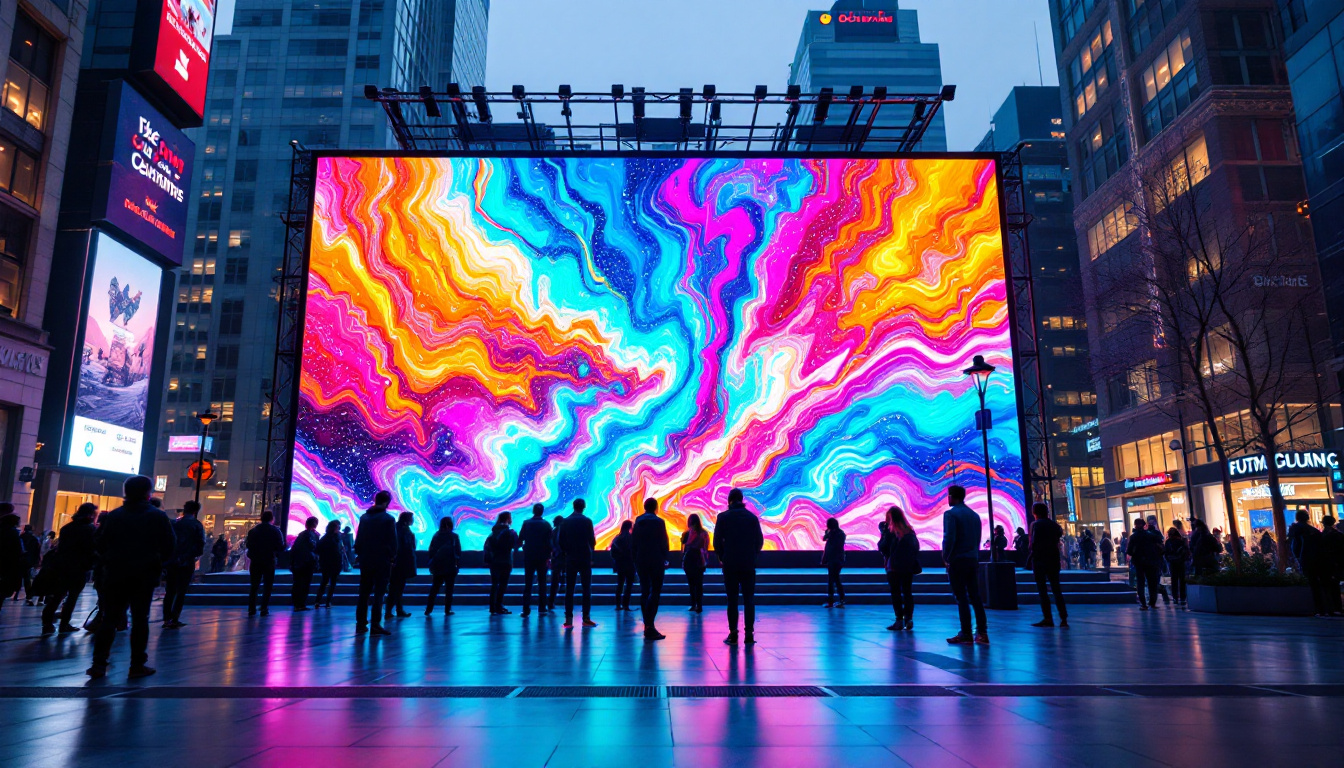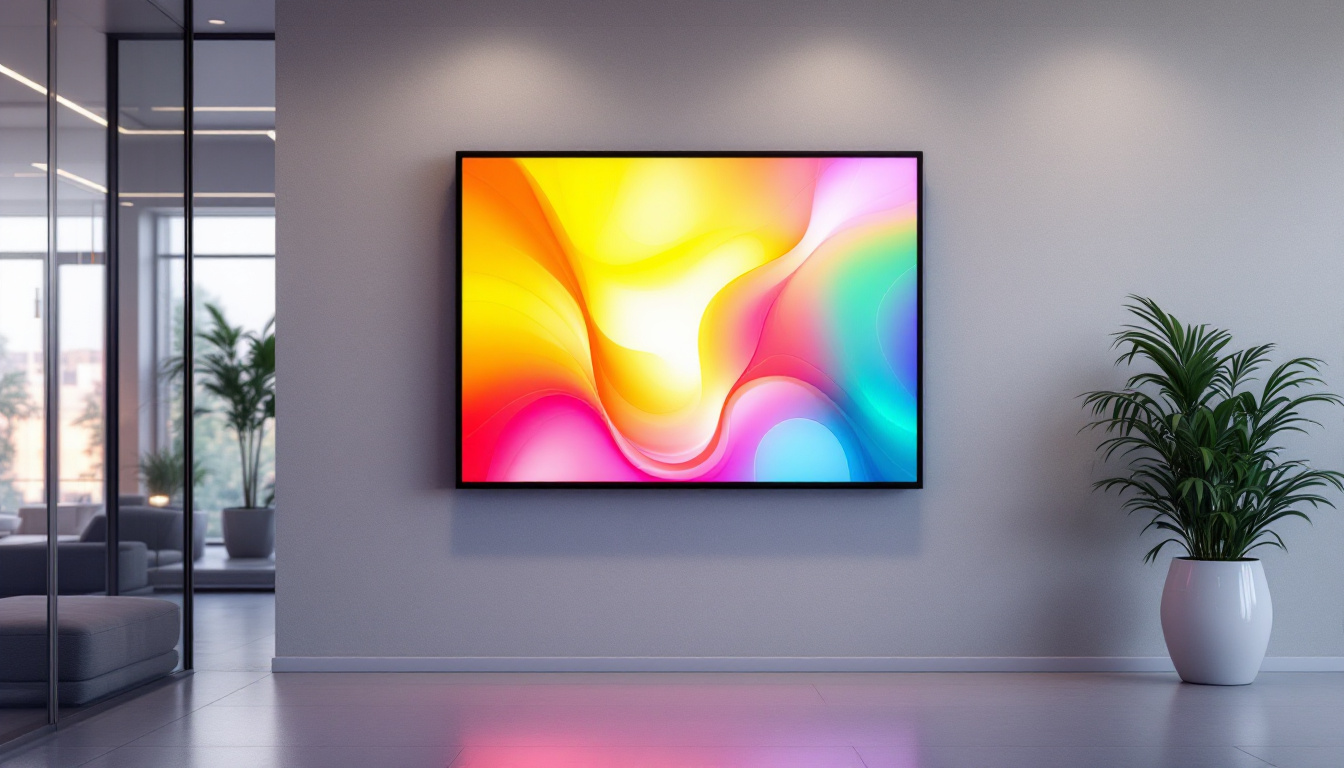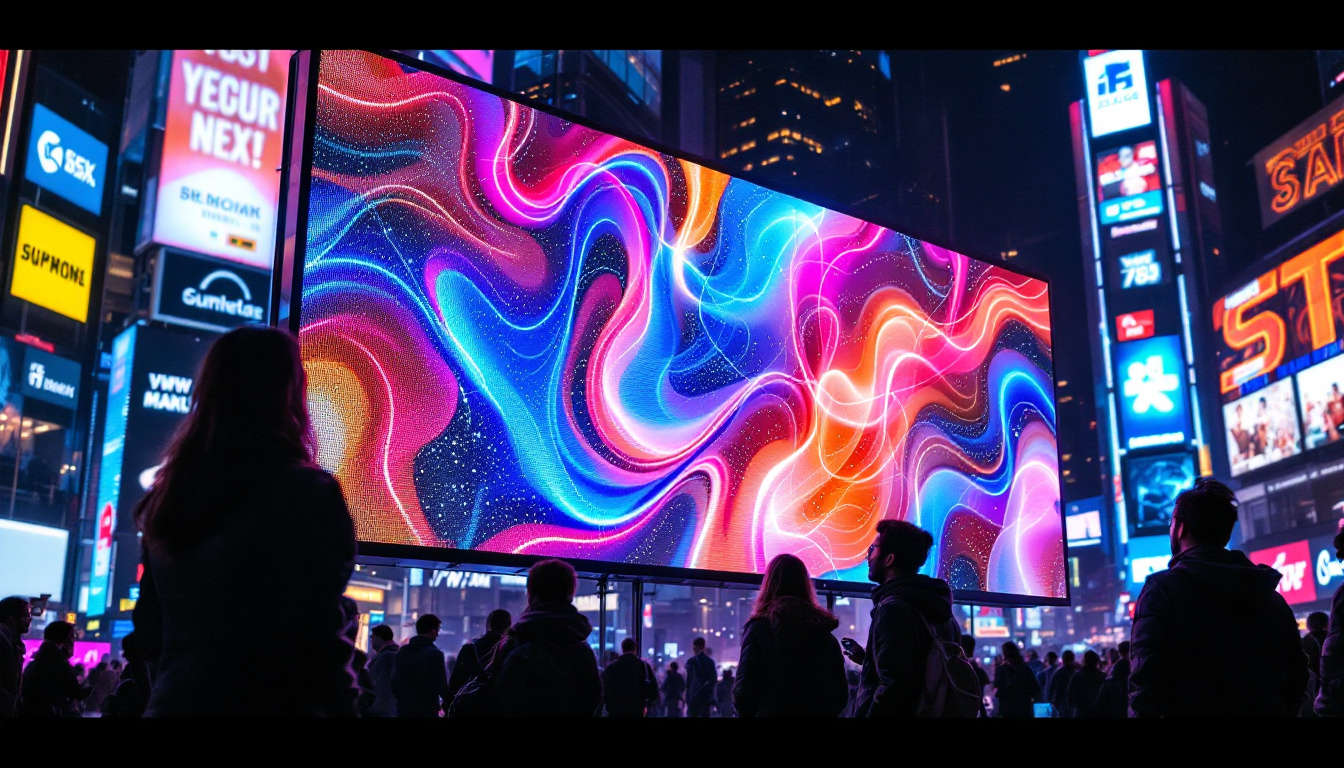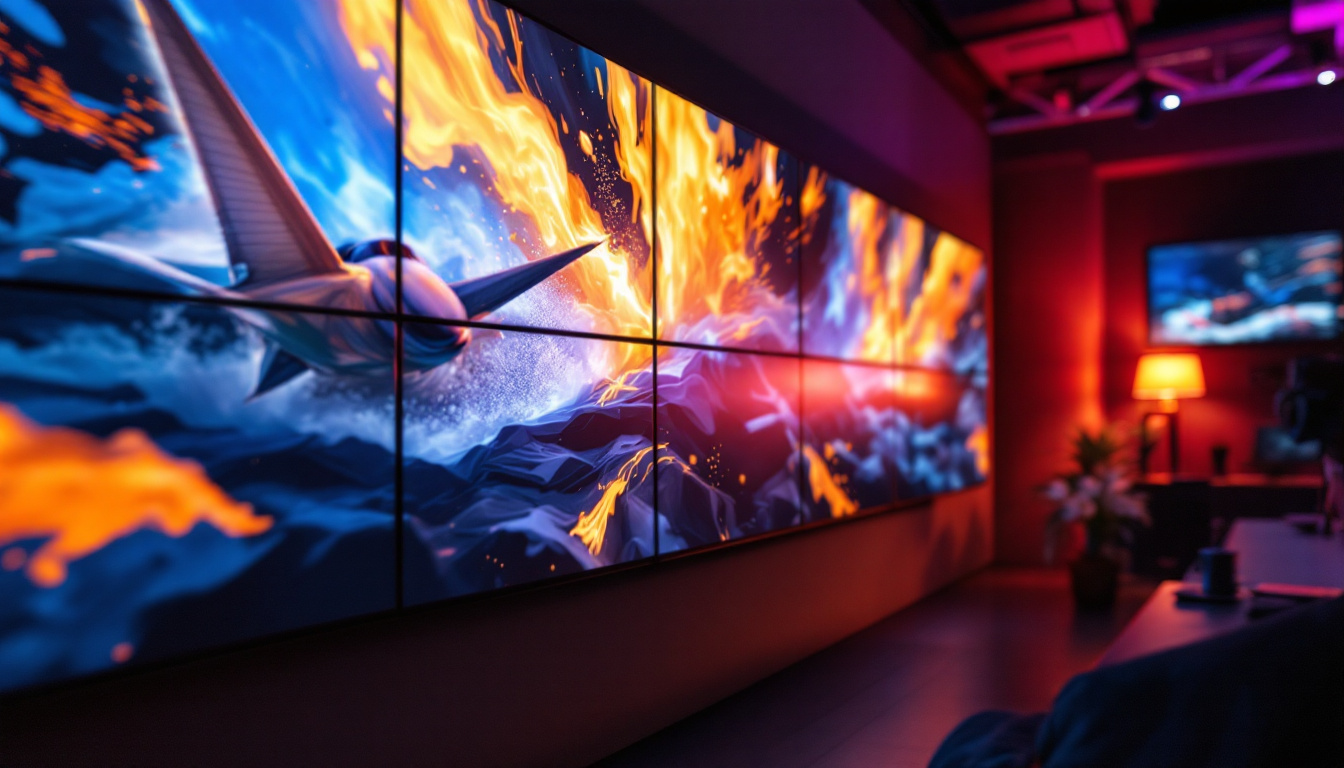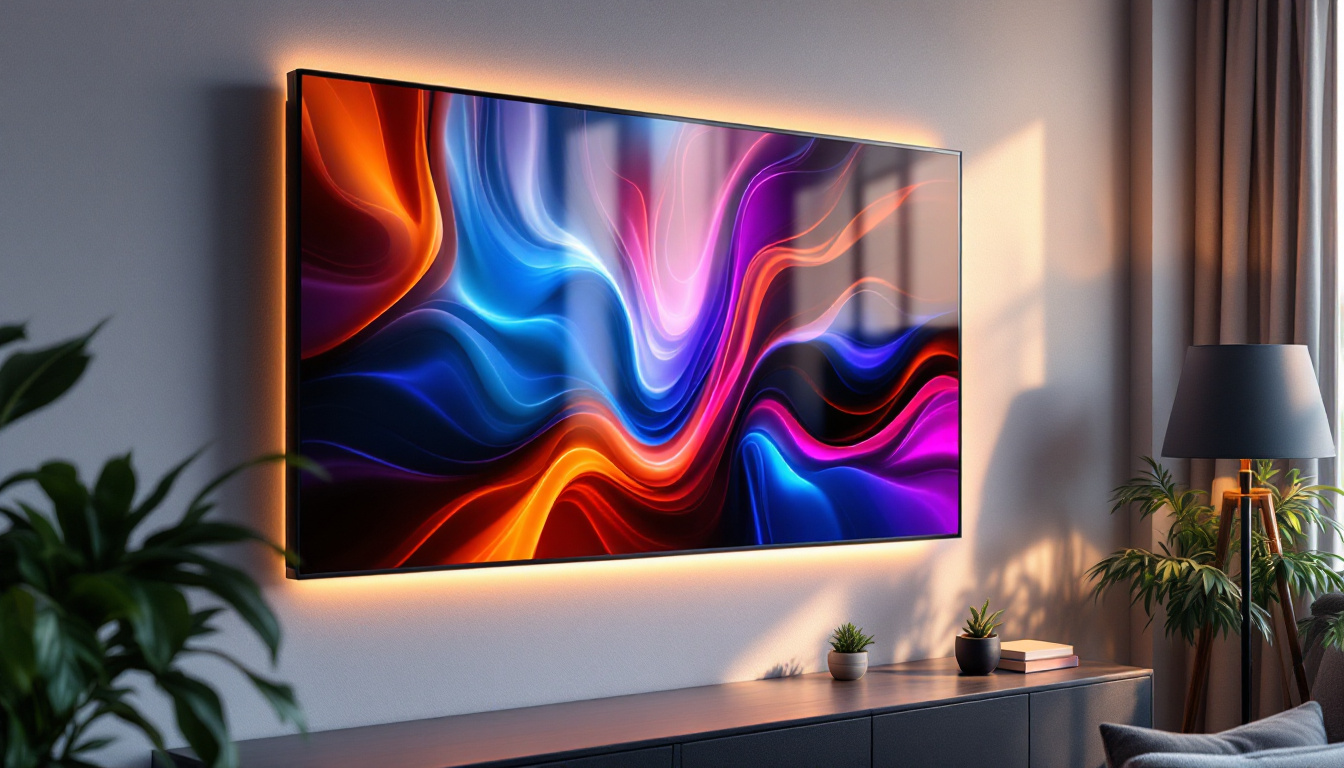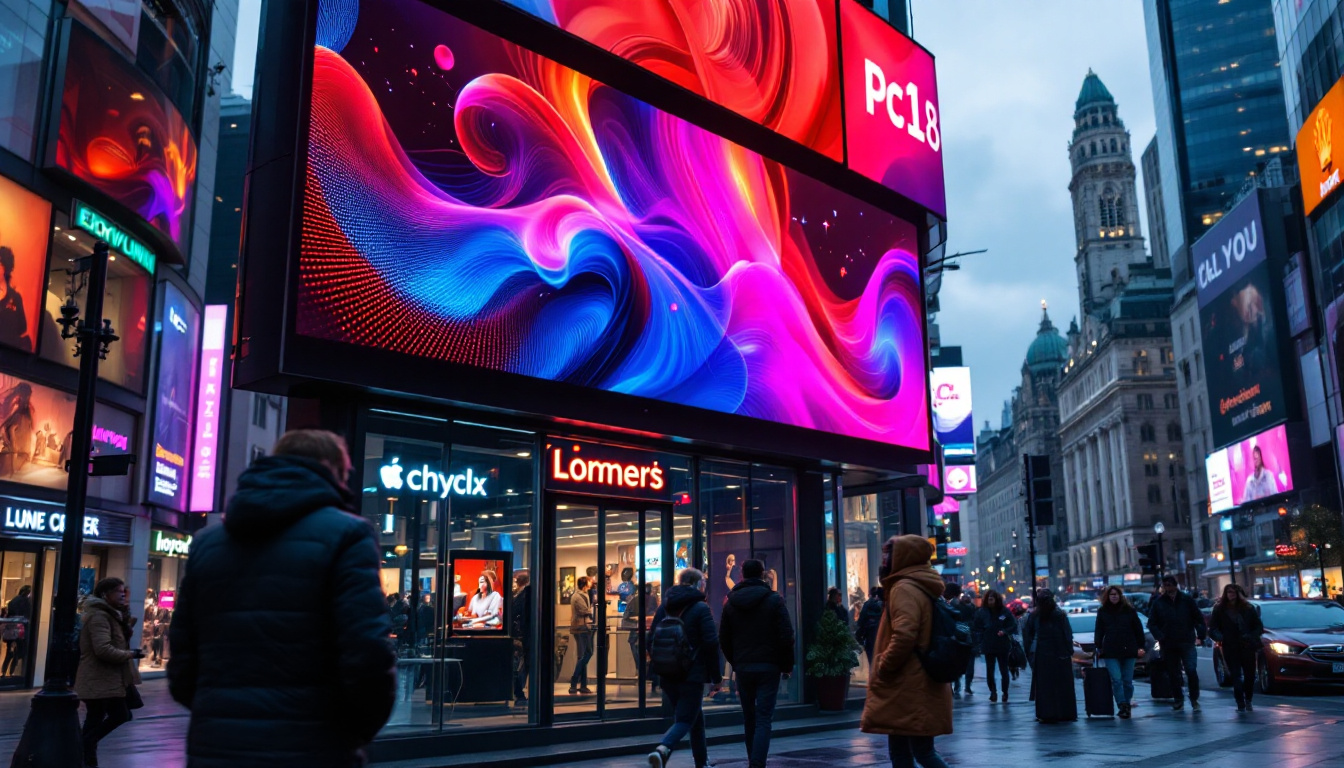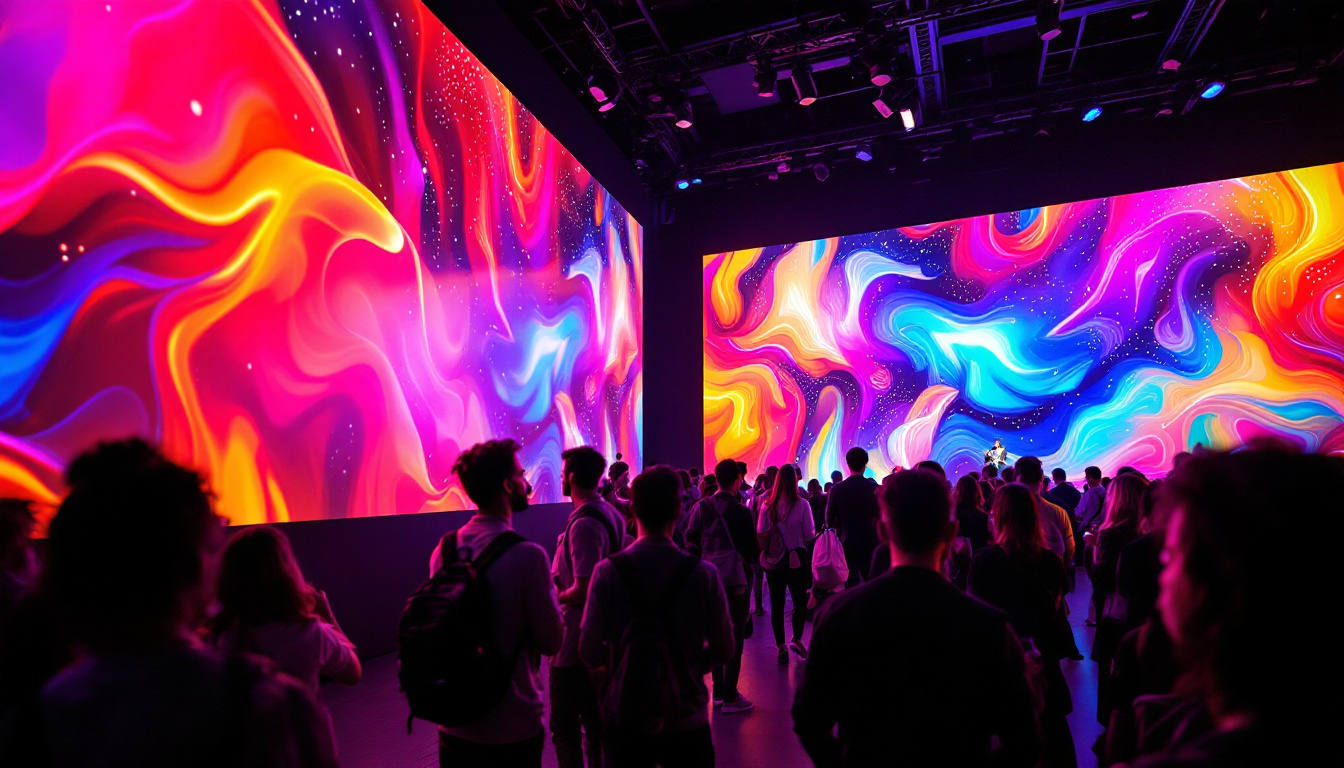In the modern age of worship, churches are increasingly adopting innovative technologies to enhance their services and create an engaging atmosphere for congregants. One of the most transformative elements in this regard is the use of LED displays. These vibrant screens not only serve functional purposes but also elevate the aesthetic appeal of the church stage. This article delves into the various aspects of LED displays in church decor, exploring their benefits, applications, and considerations for implementation.
Understanding LED Displays
LED displays, or light-emitting diode displays, are digital screens that utilize LED technology to produce bright and colorful visuals. They have gained popularity due to their versatility, energy efficiency, and ability to deliver high-quality images and videos. In a church setting, LED displays can be used for various purposes, from displaying song lyrics to broadcasting live events. Their ability to capture attention and convey messages effectively makes them an invaluable tool for enhancing the worship experience and engaging the congregation.
The Technology Behind LED Displays
At the core of LED display technology is the LED itself, which emits light when an electric current passes through it. These displays can be made up of thousands of tiny LEDs arranged in a grid, allowing for the creation of intricate images and videos. The resolution of an LED display is determined by the pixel pitch, which refers to the distance between the individual LEDs. A smaller pixel pitch results in higher resolution and clearer images, making it ideal for close viewing. Moreover, advancements in LED technology have led to the development of organic LEDs (OLEDs) and microLEDs, which offer even greater color accuracy and contrast ratios, further enhancing the visual experience for viewers.
Types of LED Displays
There are several types of LED displays that churches can consider, each catering to different needs and budgets. Indoor LED displays are designed for use within the church, providing high brightness and clarity in controlled lighting environments. Outdoor LED displays, on the other hand, are built to withstand weather conditions and offer higher brightness levels to ensure visibility in sunlight. These outdoor displays can also be used for community outreach, allowing churches to share messages, announcements, and event information with the surrounding neighborhood, thus fostering a sense of community engagement.
Additionally, churches can choose between fixed LED displays and modular LED panels. Fixed displays are permanent installations, while modular panels can be rearranged or expanded based on the church’s evolving needs. This flexibility allows churches to adapt their stage decor as their congregation grows or as their aesthetic preferences change. Furthermore, the integration of LED displays with other technologies, such as live streaming services and social media platforms, enables churches to reach a broader audience, making it easier to connect with members who may not be able to attend in person. By leveraging these displays, churches can create immersive worship experiences that resonate with both in-person attendees and online viewers alike.
Benefits of Using LED Displays in Church Decor
Incorporating LED displays into church decor offers numerous advantages that can significantly enhance the worship experience. From improved engagement to cost savings, the benefits are multifaceted.
Enhanced Visual Engagement
One of the most notable benefits of LED displays is their ability to capture attention. The vibrant colors and dynamic visuals can create an immersive environment that draws congregants into the worship experience. Whether displaying song lyrics, sermon notes, or visual art, LED screens can help convey messages more effectively than traditional methods.
Furthermore, the ability to display video content allows churches to incorporate multimedia elements into their services. This can include testimonials, promotional videos, or even live feeds from other church events, creating a more engaging and interactive atmosphere.
Cost-Effective Solutions
While the initial investment in LED technology may seem significant, it is essential to consider the long-term savings. LED displays are energy-efficient, consuming less power than traditional projection systems. This efficiency translates to reduced electricity bills, making them a cost-effective choice for churches looking to manage their budgets.
Additionally, LED displays require minimal maintenance compared to other display technologies. With a longer lifespan and fewer components that can fail, churches can save on replacement costs and maintenance efforts over time.
Applications of LED Displays in Church Settings
The versatility of LED displays allows them to serve various functions within a church setting. Their applications extend beyond mere decoration, enhancing the overall worship experience in multiple ways.
Worship Services
During worship services, LED displays can be utilized to project song lyrics, scripture passages, and sermon notes. This not only aids in participation but also ensures that everyone, regardless of where they are seated, can follow along. The dynamic nature of LED displays allows for seamless transitions between different content types, keeping the service flowing smoothly.
Moreover, incorporating visuals such as backgrounds or thematic graphics can help set the tone for the service, enhancing the overall atmosphere and spiritual experience.
Special Events and Programs
Churches often host various events, from holiday celebrations to community outreach programs. LED displays can play a crucial role in these events by providing information, schedules, and live updates. They can also be used to showcase video highlights from past events, encouraging participation and building excitement for upcoming activities.
For youth programs or children’s services, LED displays can be particularly effective in engaging younger audiences. Interactive content, games, and multimedia presentations can make learning about faith enjoyable and memorable.
Considerations for Implementing LED Displays
While the benefits of LED displays are compelling, there are several considerations churches should keep in mind when implementing this technology. Careful planning and budgeting can ensure that the investment aligns with the church’s goals and needs.
Budgeting for LED Displays
Determining a budget for LED displays involves more than just the initial purchase price. Churches should consider installation costs, ongoing maintenance, and potential upgrades in their financial planning. It is essential to evaluate different options and vendors to find a solution that fits the church’s budget while still meeting its needs.
Additionally, churches should explore financing options or grants that may be available for technology upgrades. Many organizations offer support for churches looking to enhance their facilities through modern technology.
Choosing the Right Location
The placement of LED displays is crucial for maximizing their impact. Churches should consider sightlines and viewing angles when deciding where to install screens. Ideally, displays should be positioned so that they are easily visible from all seating areas without obstructing the view of the altar or stage.
Furthermore, the lighting conditions in the church should be taken into account. Indoor displays may require additional ambient lighting control to ensure optimal visibility, while outdoor displays must be positioned to minimize glare from sunlight.
Designing the Stage with LED Displays
The integration of LED displays into church decor should be approached with a focus on design and aesthetics. A well-designed stage can enhance the overall worship experience and create a welcoming atmosphere for congregants.
Creating a Cohesive Look
When incorporating LED displays into the stage design, it is essential to create a cohesive look that aligns with the church’s overall branding and message. This can be achieved through the use of consistent colors, fonts, and imagery that reflect the church’s identity.
Additionally, the design should consider the architectural elements of the stage. LED displays can be integrated into the stage structure, framed with decorative elements, or used as standalone features that complement the overall decor. The goal is to create a harmonious blend of technology and traditional design.
Incorporating Multimedia Elements
Beyond static images and text, LED displays can be used to showcase multimedia content that enhances the worship experience. This can include video clips, animations, and live feeds that add depth and variety to the service. By incorporating multimedia elements, churches can create a more dynamic and engaging atmosphere that resonates with congregants.
Moreover, the use of thematic visuals that align with the sermon topic or season can help reinforce the message and create a more immersive experience. For example, during Easter, vibrant visuals of spring and renewal can enhance the worship service’s message of resurrection and hope.
Future Trends in LED Technology for Churches
As technology continues to evolve, so too do the possibilities for LED displays in church settings. Staying informed about emerging trends can help churches make informed decisions about their decor and technology investments.
Advancements in Display Technology
Recent advancements in LED technology have led to improvements in resolution, brightness, and color accuracy. Newer models offer higher pixel densities, allowing for even clearer images and videos. This is particularly beneficial for churches that wish to incorporate high-definition content into their services.
Furthermore, the development of flexible LED displays opens up new design possibilities. These displays can be curved or shaped to fit unique stage designs, allowing for creative installations that enhance the visual experience.
Integration with Other Technologies
As churches continue to embrace technology, the integration of LED displays with other systems is becoming increasingly common. For example, LED displays can be synchronized with lighting systems to create dynamic visual effects that enhance the worship experience.
Additionally, the use of content management systems allows churches to easily update and manage the content displayed on their LED screens. This can streamline the process of sharing announcements, sermon notes, and multimedia elements, ensuring that the displays remain relevant and engaging.
Conclusion
The incorporation of LED displays into church stage decor represents a significant opportunity for enhancing the worship experience. With their vibrant visuals, versatility, and cost-effectiveness, LED displays can transform the way congregations engage with their faith. By carefully considering the technology, design, and applications, churches can create an inviting and inspiring environment that resonates with their community.
As technology continues to evolve, staying informed about the latest trends and advancements will ensure that churches remain at the forefront of innovation in worship. Ultimately, the goal is to create a space where congregants feel connected, inspired, and uplifted in their faith journey.
Illuminate Your Worship Space with LumenMatrix
Ready to elevate your church’s stage decor and worship experience? Discover LumenMatrix’s innovative LED display solutions, crafted to bring your services to life with vibrant visuals and dynamic designs. From Indoor and Outdoor LED Wall Displays to Custom and All-in-One LED solutions, LumenMatrix is committed to revolutionizing your visual communication. Check out LumenMatrix LED Display Solutions today and transform your congregation’s engagement with cutting-edge technology that inspires and uplifts.

